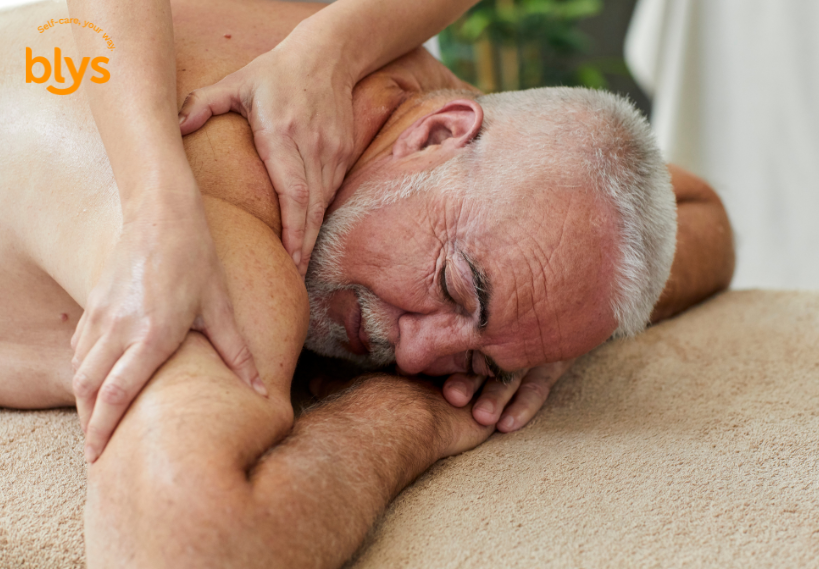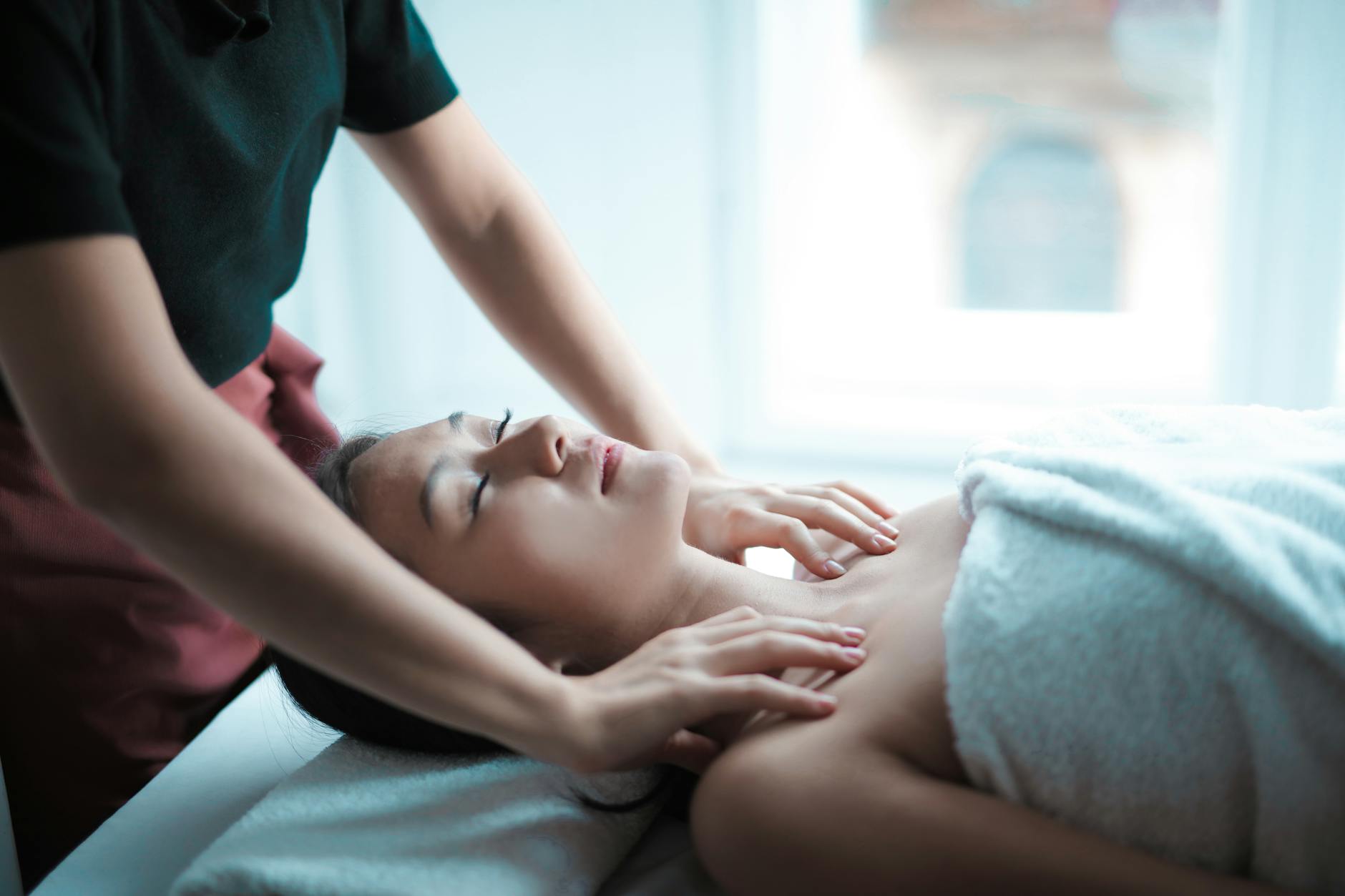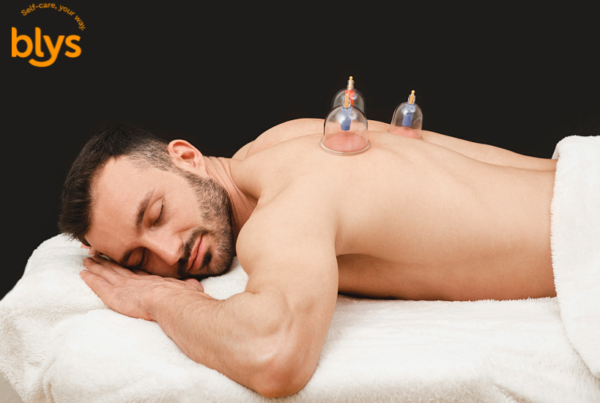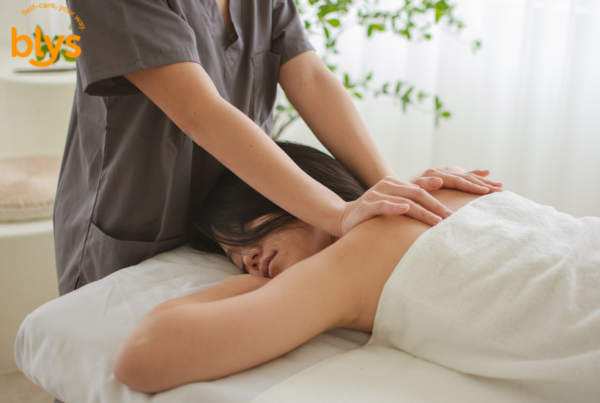
As we age, our bodies and minds face new challenges. From stiff joints and sore muscles to feelings of isolation or stress, many seniors experience a mix of physical and emotional hurdles that can affect their quality of life. Finding simple, safe ways to ease these challenges is essential, and that’s where massage therapy can play a powerful role.
Massage isn’t just about relaxation. For seniors, it can offer meaningful benefits such as easing chronic pain, improving circulation, boosting mood, and supporting better sleep. Even more, the gentle touch of a skilled therapist can provide comfort and a sense of connection, especially for those living in aged care facilities or at home with limited mobility.
What makes this even better? Mobile massage services now bring these healing benefits directly to seniors, wherever they live. With a qualified therapist coming to the door, aged care massage becomes accessible, convenient, and tailored to individual needs, helping seniors feel cared for and improving their overall wellbeing.
Why Massage Matters in Aged Care
Ageing brings a range of physical and emotional challenges. Seniors often experience arthritis, chronic pain, muscle stiffness, poor circulation, and reduced mobility. Many also face loneliness and anxiety, especially in aged care settings. Finding ways to ease these challenges can significantly improve their quality of life.
Massage therapy offers a gentle, practical approach to support seniors’ wellbeing. A study published in the Journal of Clinical Nursing found that hand massage provided to elderly nursing home residents led to meaningful improvements in relaxation and reduced agitation. Research also shows massage can ease chronic pain, improve mood, and promote better sleep in older adults.
Here’s why massage matters in aged care:
- Helps relieve chronic pain, stiffness, and muscle tension
- Improves circulation and joint flexibility, enhancing mobility
- Provides emotional comfort and reduces feelings of isolation
Beyond physical benefits, the caring touch of a massage therapist offers emotional support, which is especially important for seniors with limited social interaction. This makes massage an invaluable part of aged care.
Choosing the Right Massage Style for Seniors
Not every massage works the same way, especially for seniors. Choosing the right style can make a big difference in their comfort, pain relief, and overall wellbeing.
Understanding Seniors’ Needs
Seniors may have varying goals when receiving a massage:
- Pain relief from arthritis, muscle tension, or chronic conditions
- Relaxation to ease stress, anxiety, or insomnia
- Improved mobility by reducing stiffness and supporting joint flexibility
Before booking a massage, it’s helpful to understand what the senior wants to achieve. Some may need a gentle, calming experience, while others may benefit from more targeted muscle work.
At Blys, there are several popular options that can be tailored to suit older adults, depending on their needs and health conditions.
- Swedish massage: This is one of the most popular choices for seniors. It uses light to medium pressure with flowing strokes that improve circulation, ease tension, and encourage relaxation. It’s especially helpful for those who are frail, anxious, or looking for a calm, soothing experience.
- Deep tissue massage: This style focuses on relieving tight muscles and long-term tension. It can help with chronic pain but is better suited for seniors who are more physically robust. Therapists will adjust the pressure, but this may not be ideal for those with delicate skin or osteoporosis.
- Remedial massage: This approach targets specific problem areas like stiff joints or sore backs. It’s useful for seniors managing arthritis or recovering from minor injuries. A skilled therapist can focus on the areas that need the most attention without overwhelming the body.
- Reflexology: This technique applies gentle pressure to specific points on the feet, hands, or ears, which are believed to connect to other parts of the body. It can support relaxation, circulation, and even digestion. Many seniors enjoy reflexology because it’s gentle and can be done while seated or lying comfortably.
- Chair massage: Designed for those with limited mobility or difficulty getting onto a massage table, this option focuses on the back, shoulders, neck, and arms while the client remains fully clothed. It’s a convenient choice for aged care homes or home visits.
Choosing the right massage style means thinking about the senior’s goals, health, and comfort. Having a chat with the massage therapist helps ensure the best match. Up next, we’ll explore how Swedish and deep tissue massage compare, helping you decide which might suit your loved one best.
Swedish vs Deep Tissue Massage: What’s Best for Seniors?
Swedish and deep tissue massage are two of the most popular styles at Blys, widely known for easing pain, improving circulation, and boosting relaxation. While both offer great benefits, they serve different needs, especially for seniors.
Swedish massage uses gentle, flowing strokes that calm the nervous system and relax muscles, making it a top choice for seniors with frailty or sensitive skin. Deep tissue massage targets deeper muscle layers to relieve chronic tension and knots, working best for more robust seniors dealing with persistent pain.
Here’s a simple comparison to help you understand the key differences:
| Feature | Swedish Massage | Deep Tissue Massage |
| Pressure level | Light to medium | Firm, targeted |
| Best for | Relaxation, circulation, mild tension | Chronic pain, muscle stiffness, deep knots |
| Suitable for | Frail seniors, beginners, anxious clients | Robust seniors, active individuals with tension |
| Benefits | Reduces stress, improves blood flow, calms the body | Relieves chronic tension, improves range of motion |
| Cautions | Safe for most, even with some health conditions | Avoid or modify for seniors with fragile skin, osteoporosis, or on blood thinners |
When choosing between the two, consider the senior’s health, comfort level, and goals. For example, someone with arthritis may prefer Swedish massage to avoid excess pressure, while a senior with stubborn back pain may find deep tissue massage more effective — but only if cleared by their healthcare provider.
Both styles can deliver meaningful results, but the best outcomes come from tailoring the massage to the person’s unique needs. Up next, we’ll explore the best massage options specifically for pain relief in seniors, helping you make an even more informed choice.
You can also explore more insights in our guide on the benefits of massage for seniors.
Looking to bring expert massage care to your loved one? Book a mobile aged care massage with Blys and let comfort come to their doorstep.
How Mobile Massage Improves Mobility and Wellbeing
Blys makes booking a mobile massage simple, convenient, and stress-free, helping seniors get the care they need without leaving home. Here is how it works:
Step 1 Complete a short enquiry form. It takes just 30 seconds to share the details, and the Blys team will send you a quote within 24 hours.
Step 2 Confirm your booking details. A Blys support team member will be in touch to finalise the service, discuss location and frequency, and match you with a therapist who understands senior care and wellbeing needs.
Step 3 Enjoy expert care at home. The therapist arrives fully equipped, ready to provide a personalised massage that helps improve mobility, reduce stiffness, relieve pain, and lift mood—all in the comfort and familiarity of home.
With an easy process and expert therapists, Blys makes it simpler than ever to support seniors’ physical comfort, independence, and overall wellbeing.
You can book a mobile massage today at Blys mobile aged care massage or surprise a loved one with a thoughtful gift through a Blys massage gift voucher.
Final Tips for Choosing the Right Massage Provider
Choosing the right massage provider is key to making sure seniors get safe, effective, and comfortable care. Here are six practical tips to help guide your decision:
- Look for aged care experience: Choose a provider who understands seniors’ unique needs and can adjust techniques, pressure, and timing.
- Check qualifications and reviews: Make sure the therapist is certified and has positive client feedback to ensure professional and compassionate care.
- Prioritise mobile services: Mobile massage removes the stress of travel and makes treatment accessible in the comfort of home.
- Communicate health needs and goals: Discuss any health conditions, areas of concern, or pressure preferences ahead of time for the best experience.
- Ask about equipment and setup: Check that the therapist provides everything needed, from the massage table or chair to any supports or cushions.
- Consider ongoing care options: If the senior benefits from regular massage, ask about setting up a consistent schedule for lasting wellbeing.
With these tips in mind, you’ll be better prepared to choose the right provider and ensure a positive, tailored experience.
Conclusion
Massage therapy can make a real difference in seniors’ lives by easing pain, improving mobility, and boosting overall wellbeing. With the right planning and provider, you can create a safe, personalised experience that brings comfort, joy, and meaningful connection to your loved one, helping them feel supported both physically and emotionally.
If you’re ready to book a qualified therapist, visit Blys mobile aged care massage or treat someone special with a Blys massage gift voucher to give the gift of care and relaxation.





